
Golf Downswing
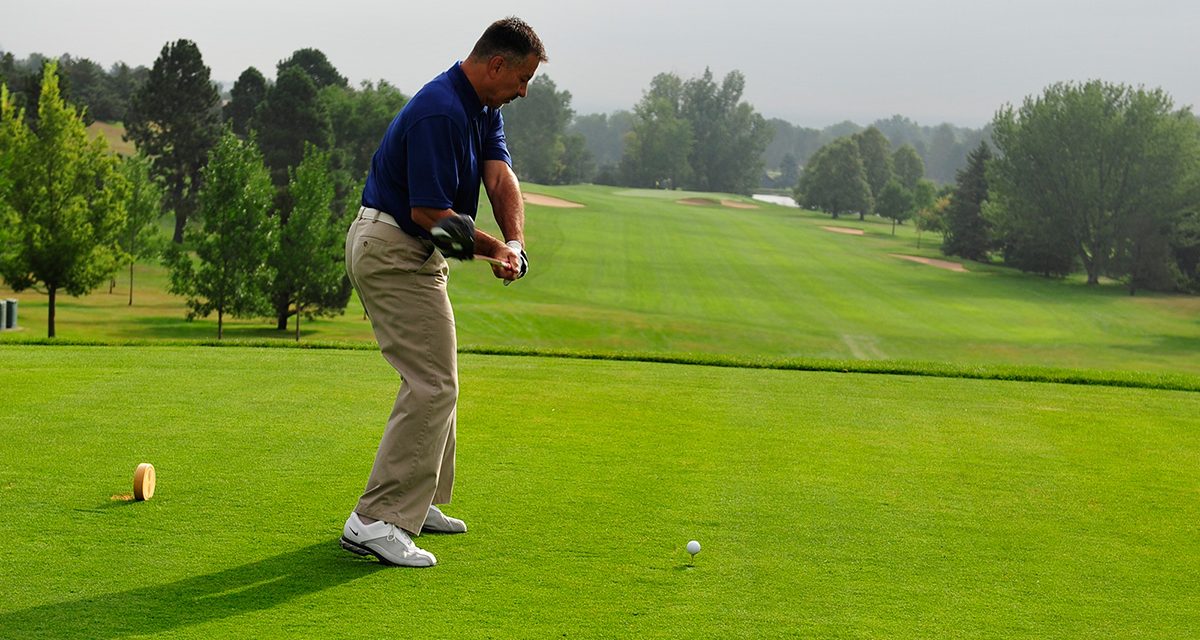
Golf Downswing
Many golfers, from beginner to advanced, neglect the downswing as an important component of their game. They concentrate on their stance, grip, wrist flexion, and follow through without any thought to how they perform the downswing. You must have heard of the importance of timing in your swing. Well, moving through the downswing efficiently contributes to attaining perfect timing in your golf swing.
There are five key areas to focus on during the golf downswing:
• Begin the downswing by driving your lower body in a forward motion
• Pull the club with your forward arm throughout the swing
• Keep your head down and behind the ball with your chin up slightly for fluid motion.
• Clear the hips out of the way through full rotation
Drive Forward with the Lower Body
To get the club head in the correct position at impact, the downswing sequence should begin from the ground up. The feet move slightly to begin the downswing followed by the knees, hips, upper body, and arms. Beginning the downswing with the legs allows the hips to clear and the shoulders to rotate effectively. With the legs moving forward, the lower half of the spine begins to move towards the target causing the rear shoulder to drop below the front. You’ll then rotate through the swing to bring the club head to the ball.
Pull the Club for Maximum Club Head Speed
When you begin your downswing, you should feel the tension in the triceps muscle (back of the upper arm). To practice and strengthen these muscles, try swinging the club with your lead arm only. You’ll gain stability in your swing and get a feel for the mechanics of the pull.
Position Your Head Correctly
I watched a swing analysis of Tiger on the weekend. On his downswing, just before impact, they placed a line from his eyes to the ball. It showed his head placement as being just behind the ball before impact. This makes a lot of sense as you are attempting to hit the front of the ball squarely, not the top.
If you are having trouble with your shoulders rotating properly, lift your chin slightly to allow for more fluid motion. If your head is too far down and tucked into your chest, it restricts your shoulder movement. Give it a try on the practice range and see if it doesn’t correct your swing somewhat.
Fully Rotate Your Hips
The hips are the primary pivot point of your golf swing. The hips rotate backward as you begin your backswing and then move forward during the downswing. If you can complete a smooth transition and master the hip rotation, you’ll have more power and an improved trajectory on the golf ball.
You should feel a similar tension in the muscles of your front hip as you do in the lead arm when you begin the downswing. This movement clears the way for your shoulders to turn into the shot and allows your arms to swing freely throughout. When you follow through the shot, your hips should be facing the targeted area.
Additional Pointers
• For more power, your shoulders should be square at impact, if not slightly closed.
• Your hands should be forward of the golf shaft and club head during your downswing.
Remember to concentrate on the mechanics of the golf downswing during your practice sessions from time to time. In many cases, problems with your golf swing come down to timing.

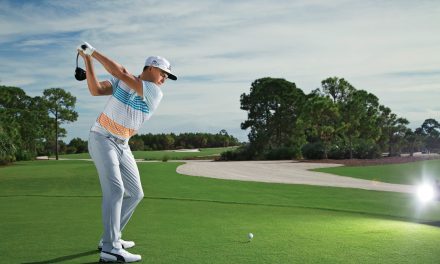

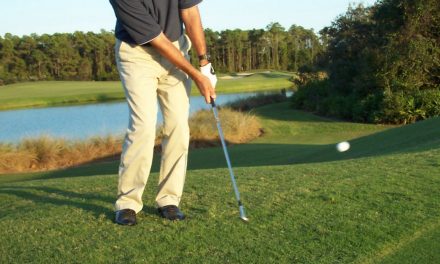
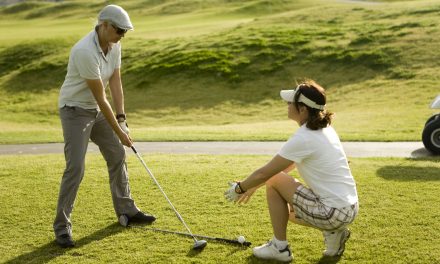


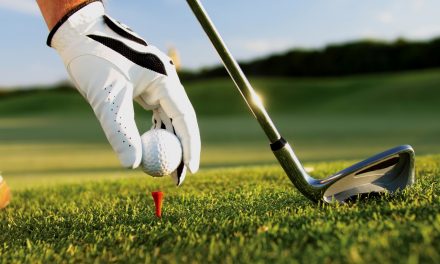

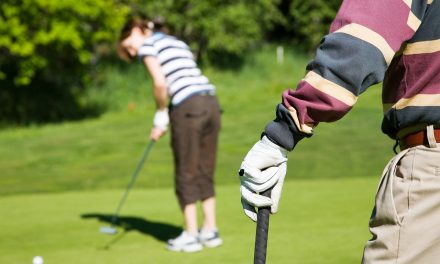



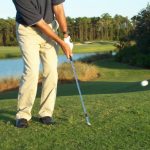

Recent Comments